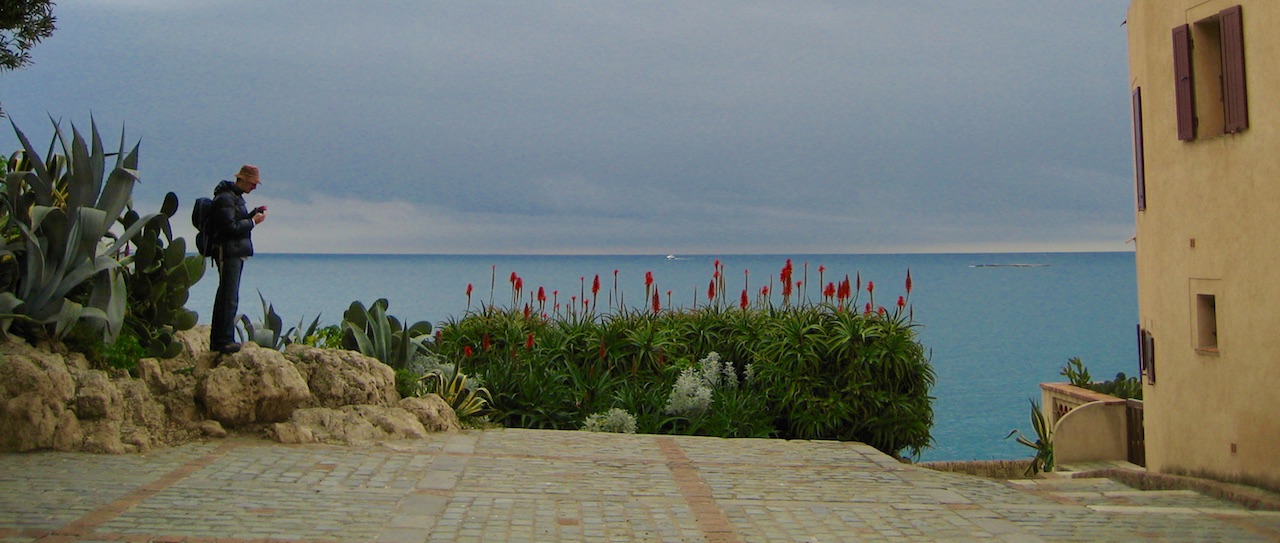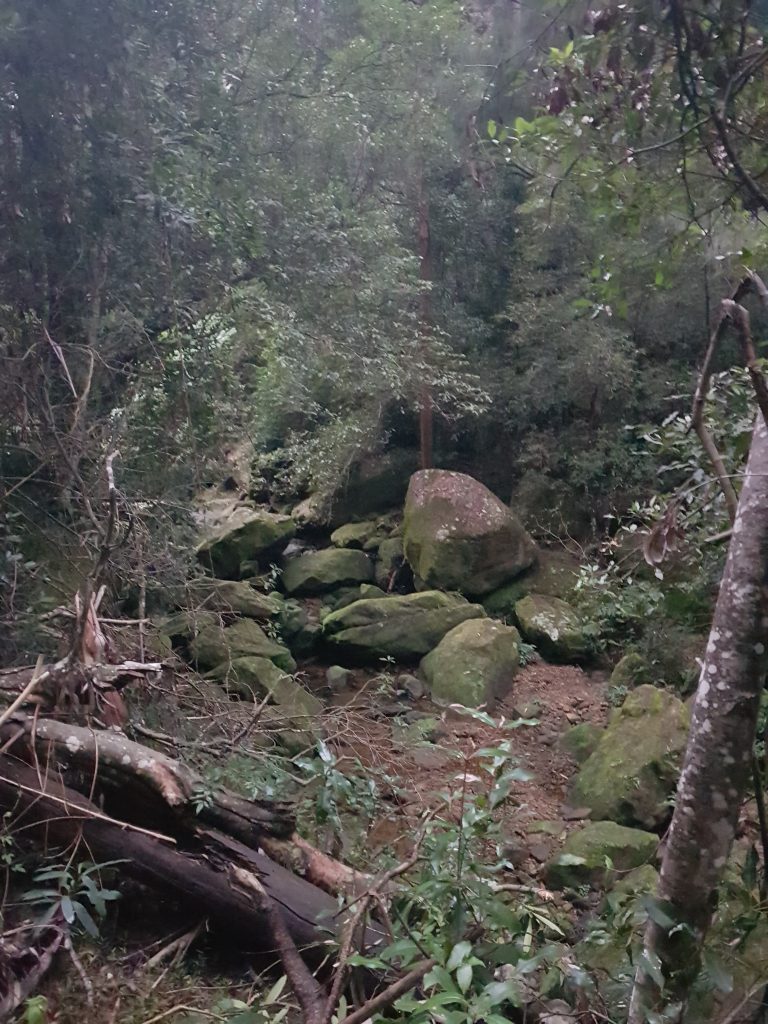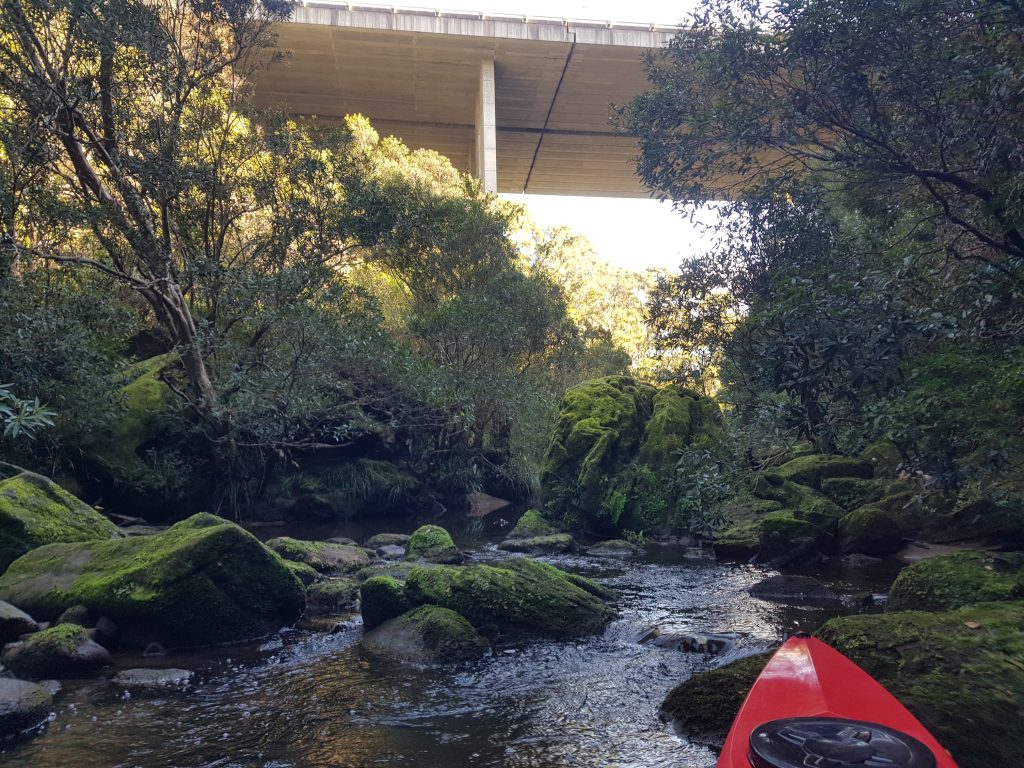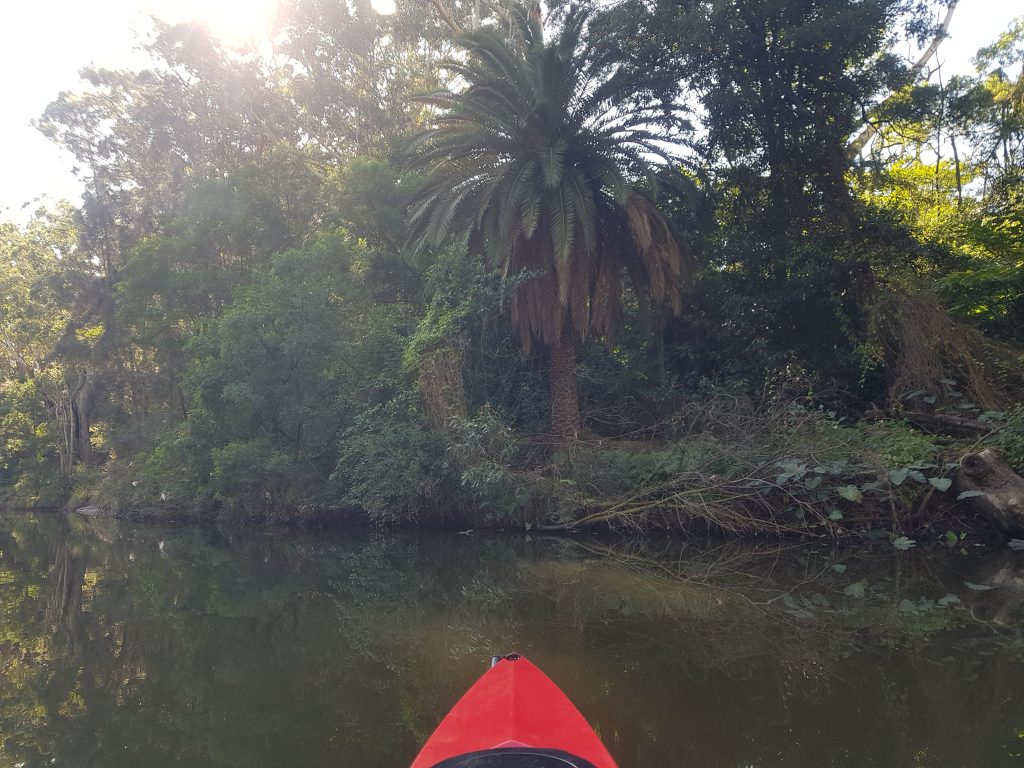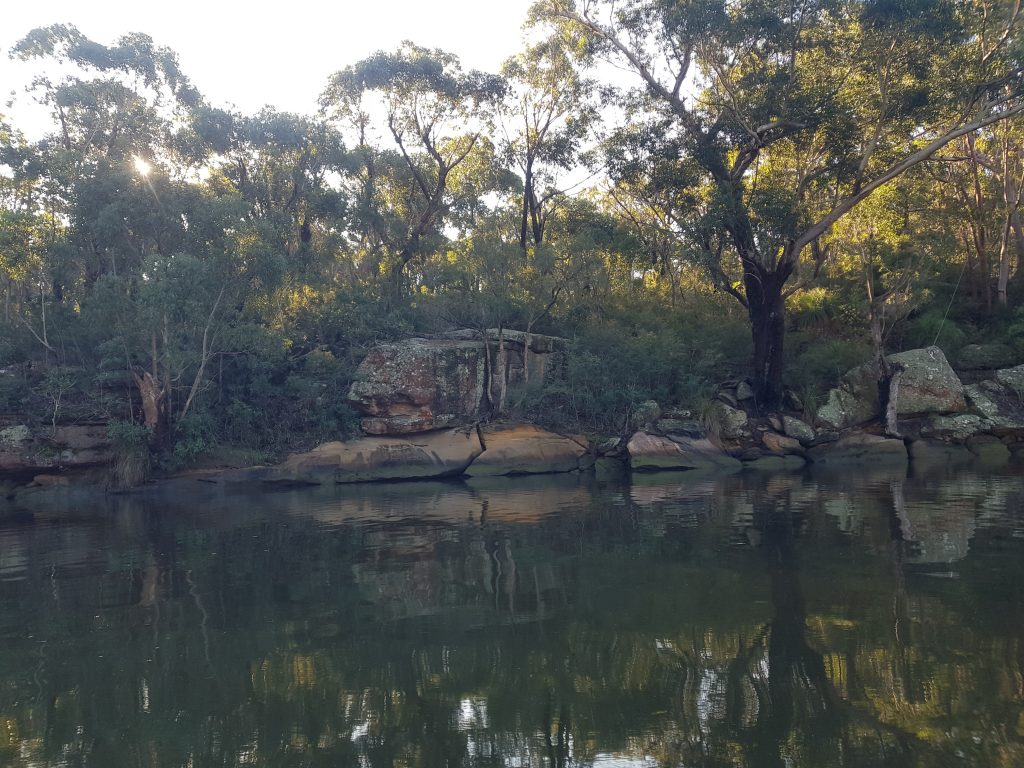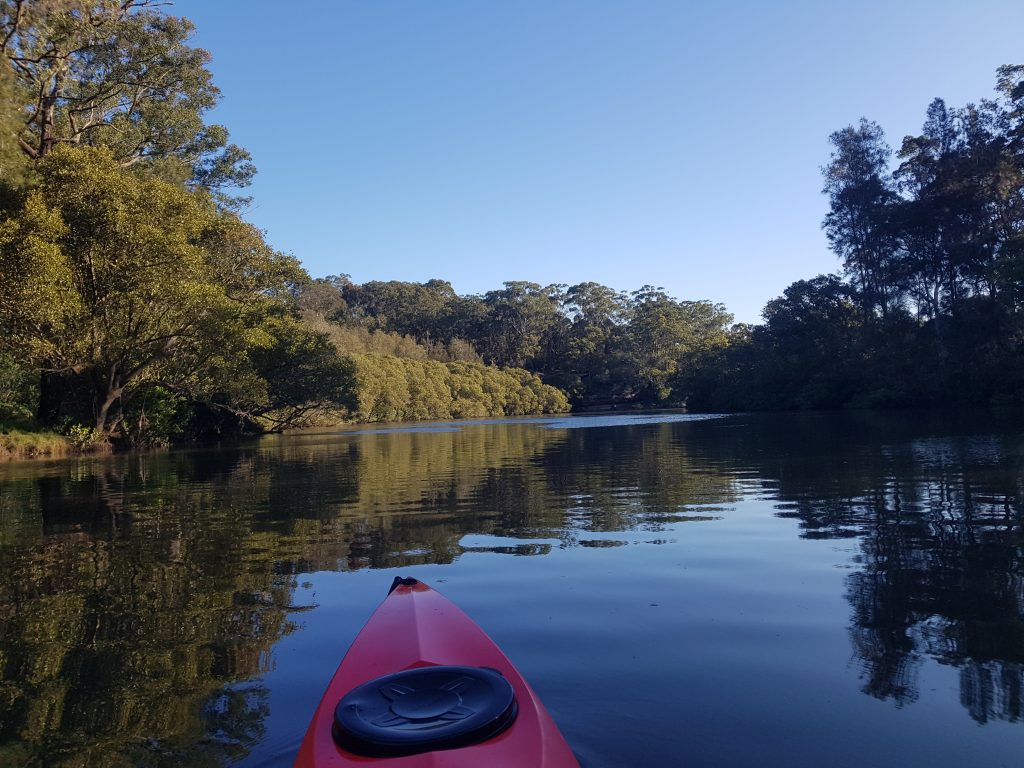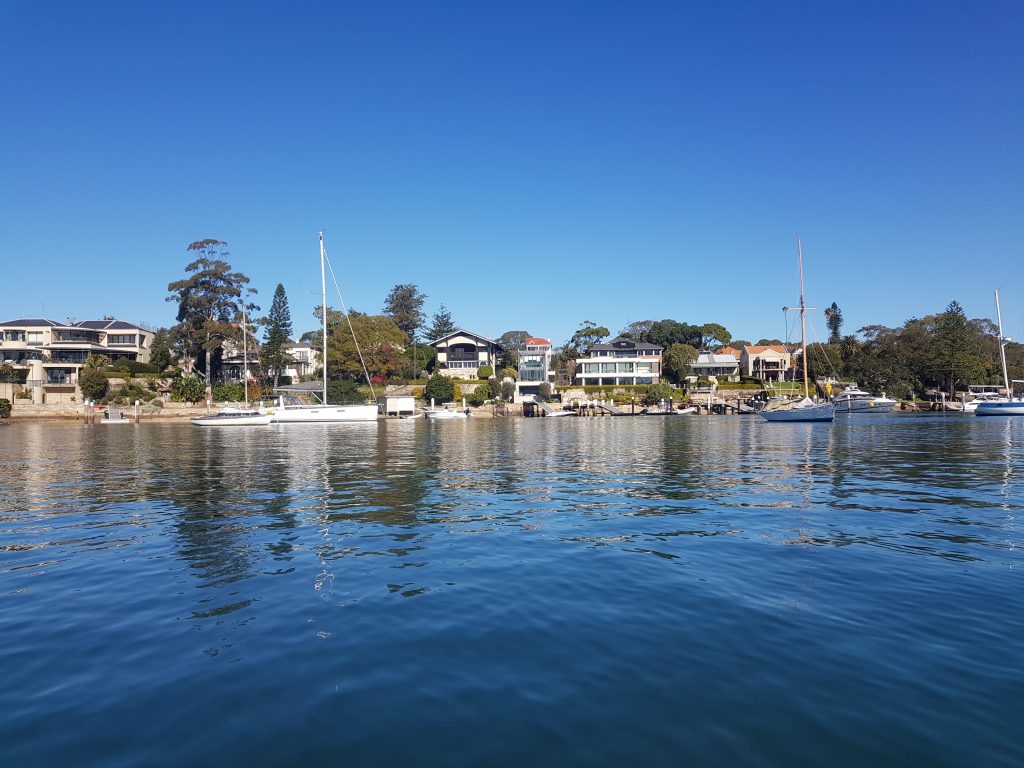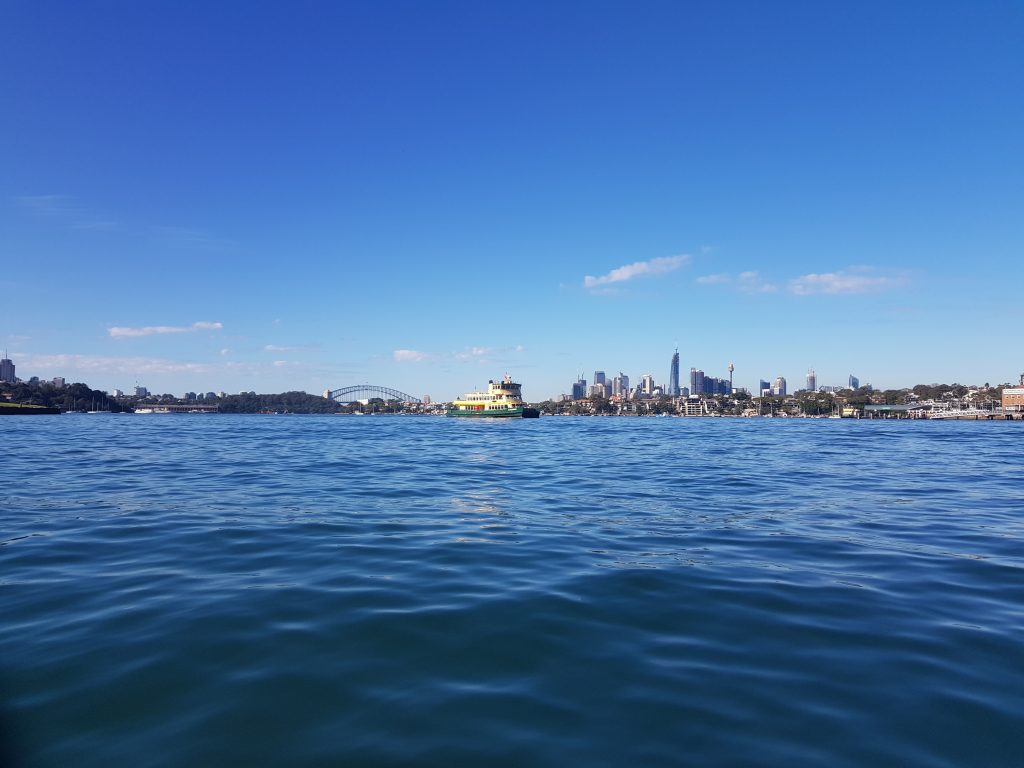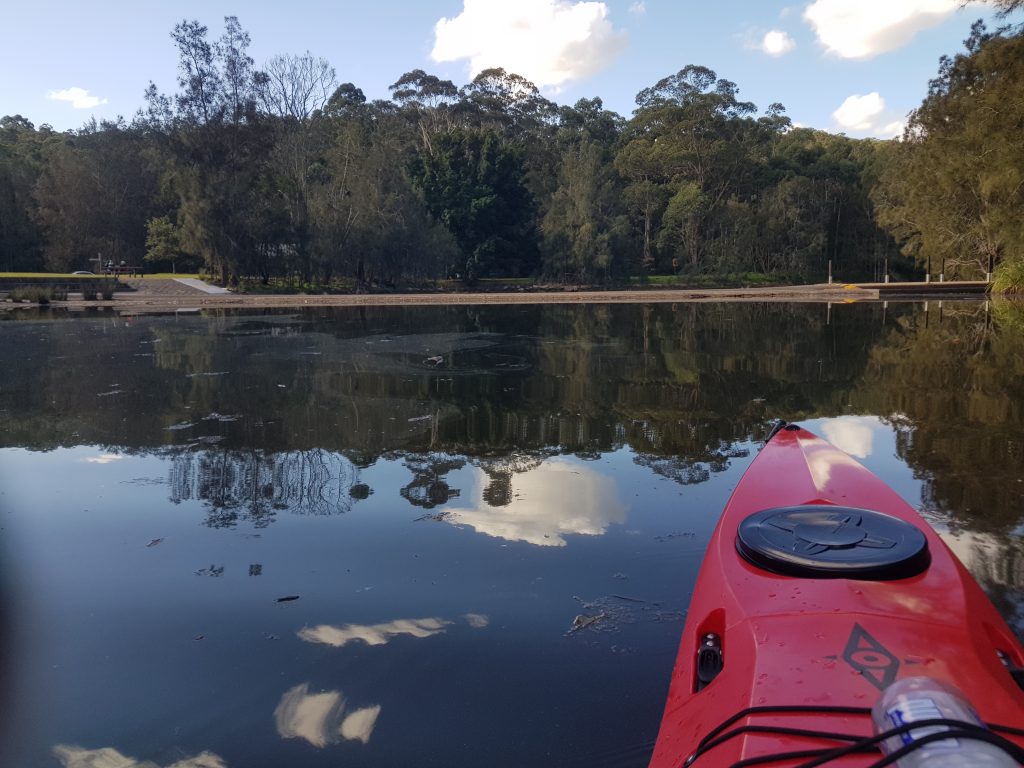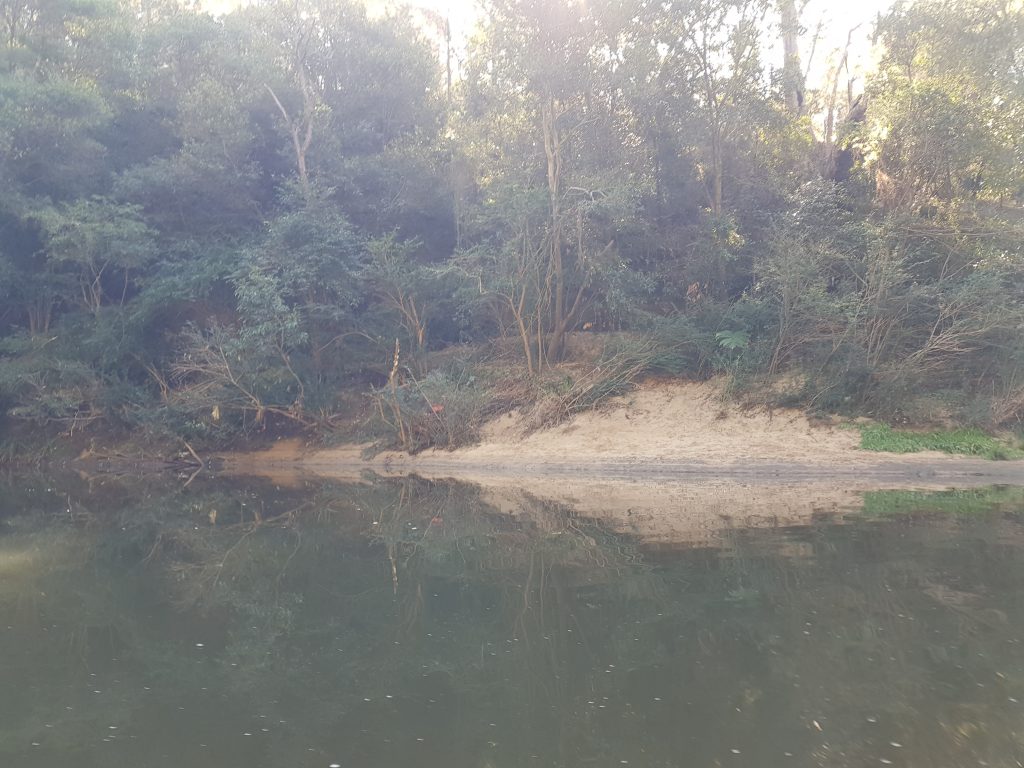As a long-time fan of How to Win Friends and Influence People, I was excited read this book. Especially the early sections I found very interesting and useful. Some of the later sections feel dated and less relevant. The ideas I found most useful were:
- If you are worried about something, write out:
- What am I worrying about?
- What is the worst that can possibly happen?
- [Accept it and imagine it happening.]
- What can I do about it?
- [Then do something about it right away.]
- “When I am up against a tough situation, if I can do anything about it, I do it. If I can’t, I just forget it. I never worry about the future, because I know no man living can possibly figure out what is going to happen in the future.”
- Check the facts, and come to a decision, then stick to it unless new facts come to light.
- “God grant me the serenity to accept the things I cannot change; the courage to change the things I can; and the wisdom to know the difference.”
- “Instead of worrying about ingratitude, let’s expect it.. the only way to find happiness is not to expect gratitude, but to give for the joy of giving.”
- “Count your blessings, not your troubles!” — find out what is good in your present situation.
- “Happiness is not mostly pleasure; it is mostly victory.”
- “The really important thing is to profit from your losses. That requires intelligence.”
- Do a good deed every day – ie, one that brings a smile of joy on the face of another.
- Unjust criticism? Just laugh.
- Ask for advice: “Won’t you please tell me what I did that was wrong when I tried to do XYZ? You are far more experienced and successful than I am. Please give me your criticism. Be frank. Don’t pull your punches.”
- According to Henry Ford, how to increase energy and endurance: “I never stand up when I can sit down; and I never sit down when I can lie down”.
- Relax muscles of face and eyes, relax the tension in your body (do it often) to have more energy.
- Laugh at your sillier worries, you can laugh them out of existence.
